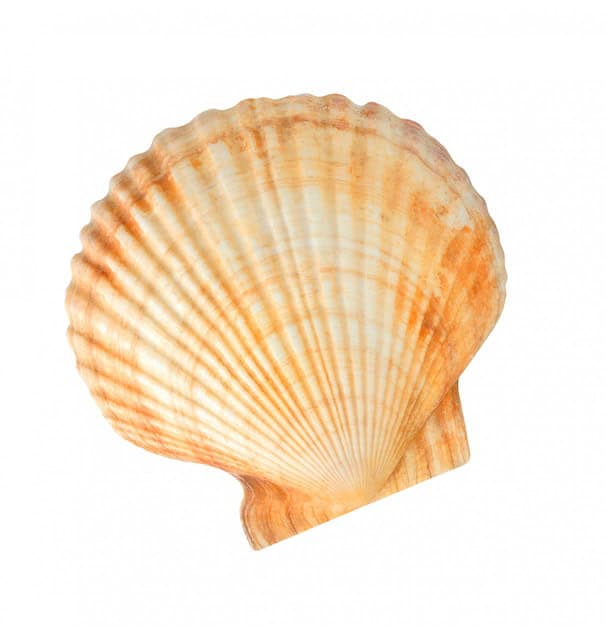
Oysters are versatile: they can be prepared in many ways.
M.O.S.: FISHING THE HARD KIND
Mussels, oysters, and scallops are varieties in the hard-shell fishery. All represent an amazing and underrated group of seafood. They range in sizes from tiniest freshwater snails to the giant squid. They help the ecosystem in both fresh and salt water.
Their shell is made of calcium carbonate, that protects and serves as a means of locomotion. Mussels, oysters and scallops are mollusks. With simple body plans they have a head, foot, and shell. Although all do not have a means of movement like the scallop, the oyster attaches itself to an underwater structure. Both are highly rated as edible seafoods. These bivalves are harvested in the oceans around the world.
Oysters have a delicate, smooth, briny taste while the scallop is known for their sweet, buttery flavor. One method of preparing scallops is to soak them in milk. This neutralizes the fishy taste. Buy your scallops with the amount you will eat immediately because they do not re-heat well. Scallops go well with many flavors and blend very well with lemon, butter, garlic, black peppers, and parsley. You may add them to your salad or eat them raw as an appetizer, although raw scallops, like oysters, are not universally recommended.
Scallops are unique when compared to their oyster, clam, mussel relatives, since they are free swimming mollusks. While oysters, clams, and mussels squirt liquid, the scallop can clap the top shell with the bottom shell and move from place to place when the shell is open slightly. Scallops even have eyes. A scallop can see predators coming and scoot away from danger.

These mollusks are found all over the world. In the United States the fishery stretches around the entire coastline. The east coast fishery is from Maine south and around into the Gulf of America (Mexico). Scallop farming is a million-dollar business in Canada. Scallop aquaculture is practiced in Florida but globally China takes the lead.
The U.S. catch has been reduced drastically since the 1950s. With the loss of sea grasses, the scallop spat (baby scallops) have nothing to attach themselves to. These mollusks supply a large part of the food chain. Though they are expensive in some areas, they undoubtedly will continue to be one of our favorites.






